Long before I entered Grocer Towers, I spent seven happy years working on pub trade title The Publican (now merged with The Grocer stablemate Morning Advertiser and based just yards from where I’m typing this).
My experience in the pub and brewing trade – when I got pretty good at darts and less good at fitting through doorways – plus my time reporting on the supermarket industry caused me to greet recent reports of more women drinking beer with little more than a shrug.
Not that I doubt Camra’s claim, announced during this week’s Great British Beer Festival at Olympia, that 20,000 women have joined the campaign in the past decade, taking its proportion of female members to 22%. I shrugged because, in the second decade of the 21st century, I wouldn’t have expected the number of women drinking beer to have fallen.
Although the overall beer market is in decline – last month I posted the sobering news that volumes were at their lowest level since 1999 - there are good reasons why the number of women drinking beer should be bucking that trend.
In the case of Camra’s area of interest – real ale – the surge in new breweries has greatly increased the range of beers in our pubs and on shop shelves, with many supermarkets embracing the growth of local and craft beers.
“The upsurge in interest in real ale amongst women in the UK is in no small part thanks to the sheer range of beer which is now available,” said Christine Cryne, a member of Camra’s national executive. “It’s not a case of whether you like beer or not – but whether you’ve yet found the right beer for you. Women are realising beer is a lower-alcohol option than many other drinks and they are associating real ale with social occasions with friends in pubs.”
Leaving aside real ale – something I would never normally do – even the big lager suppliers have recently found a way to tap into the growing female appetite for beer.
Following misguided and failed attempts to offer female-friendly beers (I’m looking at you Animee, and you, Eve), the likes of Carling and Carlsberg seem to have got it right with lower-abv beers such as Zest and Citrus. Offering a taste profile that appeals to men and women, Zest, for example, has clocked up £13m in sales in its first year or so on the market.
I might not have been surprised by today’s headlines – but I’m proud to be reporting on a drinks industry that has (finally) made them possible.

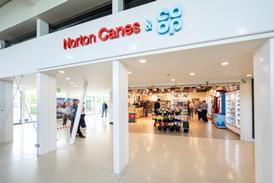


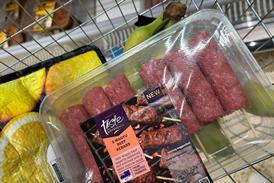



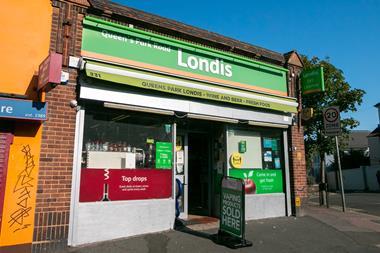
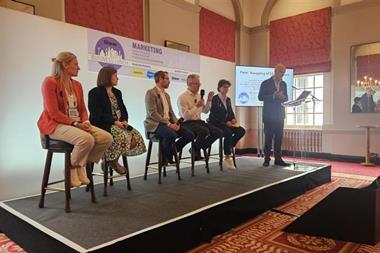
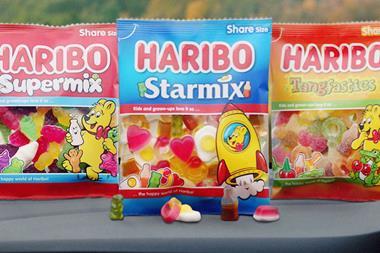
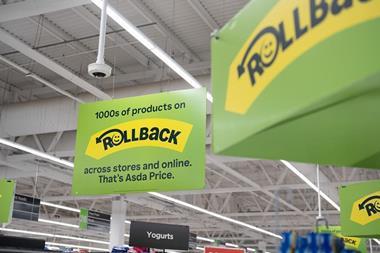
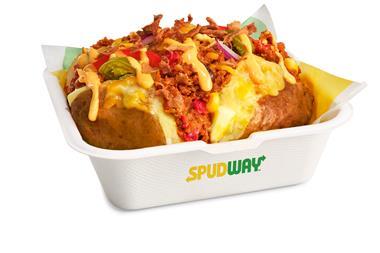






No comments yet